
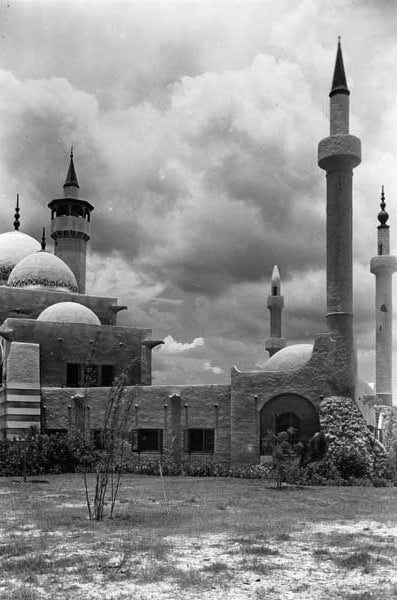
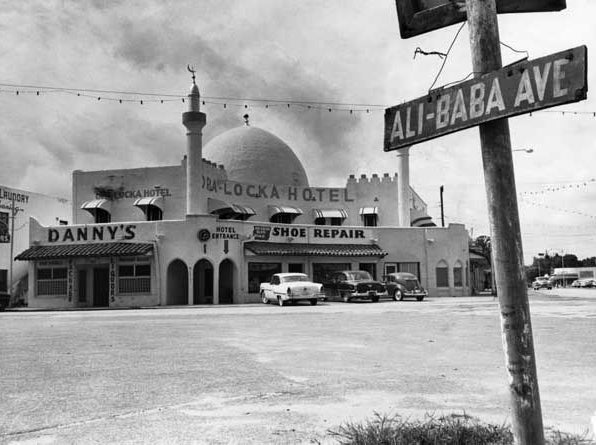
Facade of Opa-locka City Hall, ca. 1926 and Opa-locka Hotel (currently Hurt Building) ca. 1959. Courtesy of History Miami Archives.

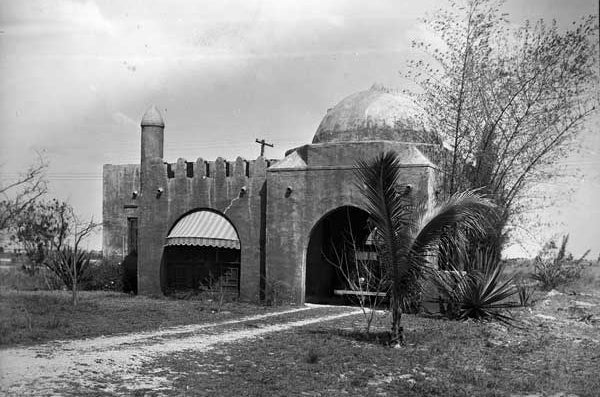
Moorish-style homes in Opa-locka ca. 1930. Photo by Claude Matlack, courtesy of the History Miami Archives.

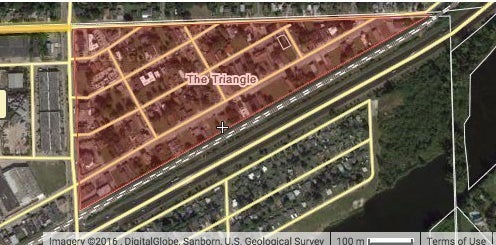

Although this helped to mitigate crime, this form of segregation turned a once-bustling neighborhood into one known for vagrancy, abandonment, homelessness or transiency, and a high foreclosure rate. As the city residents flee, the barricades remained, perpetuating the negative psychological and visual impact of the area's separation from the rest of the community.
One local organization stepped up. In 1980, Opa-locka Community Development Corporation (OLCDC) was established to address the effects of poverty and unemployment, through community organizing. OLCDC soon expanded to provide community services and develop housing.
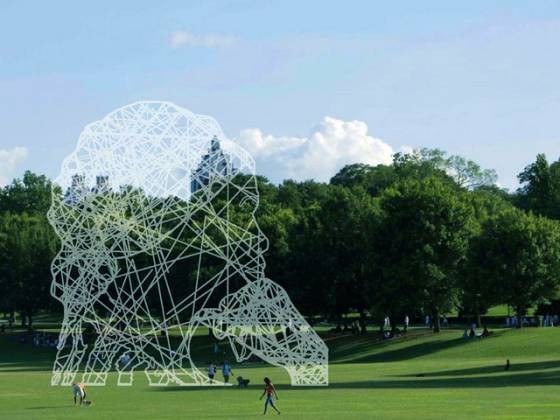
Present-day Opa-locka


By providing unique arts-based social and economic opportunities for residents, OLCDC is committed to lasting change that is not limited to the external aesthetics, as acknowledged by Arts & Creative Industry Manager, Aileen Alon.
OLCDC realizes that Opa-locka is a food desert and we aim to increase community access to and knowledge of fresh and affordable healthy eating options. We have several health initiatives aimed at increasing the health and wellbeing of residents, including an annual Health Matters Fair that includes a fresh produce giveaway, grocery store tours where participants learn how to read nutrition labels and buy/cook healthy foods on a budget, and a Health Partnership that works to identify and address health-related concerns of the community through stakeholder meetings, research, and surveys.
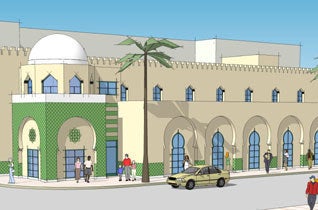

Throughout the years, OLCDC has realized the importance of involving the community in planned developments and neighborhood projects. According to Alon, the grassy lot behind the Arts & Recreation Center (ARC) building is reserved for a community garden/urban farm where residents can have a say over the changes in their neighborhood.
What is ultimately grown in the garden is dependent on community input, as well as research into produce that grows well in South Florida and items that could enhance their diet with additional nutrients and/or flavors that they may not be aware of. We are also working with partners to set up a shipping container produce stand that sources local produce. We are also raising money for a commercial kitchen, one of our long-term projects, which would serve as an incubator for culinary entrepreneurs and hopefully provide additional healthy food options for resident.
In the horizon
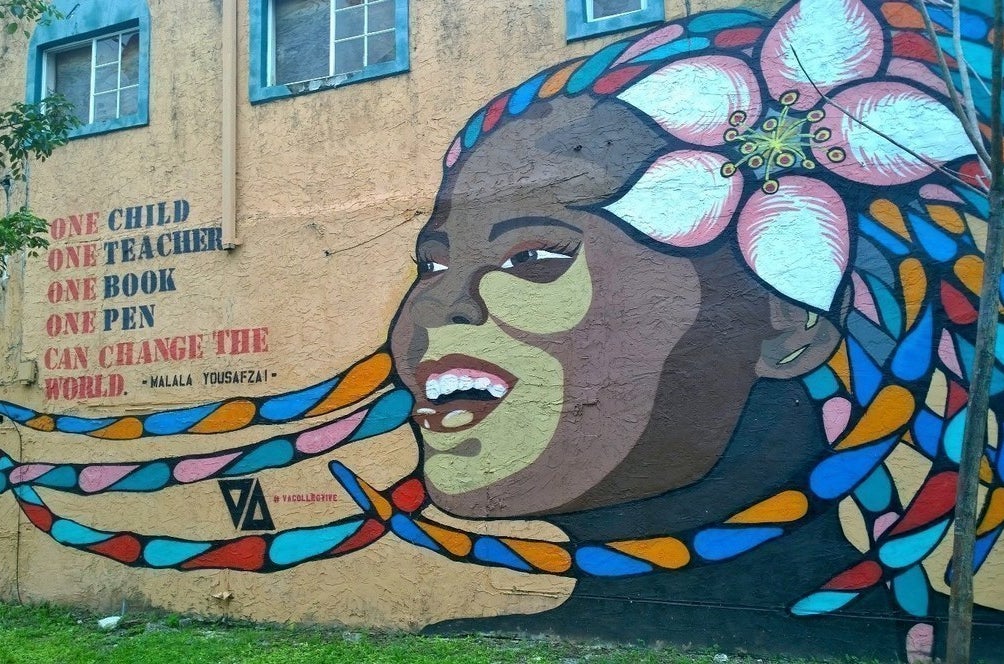
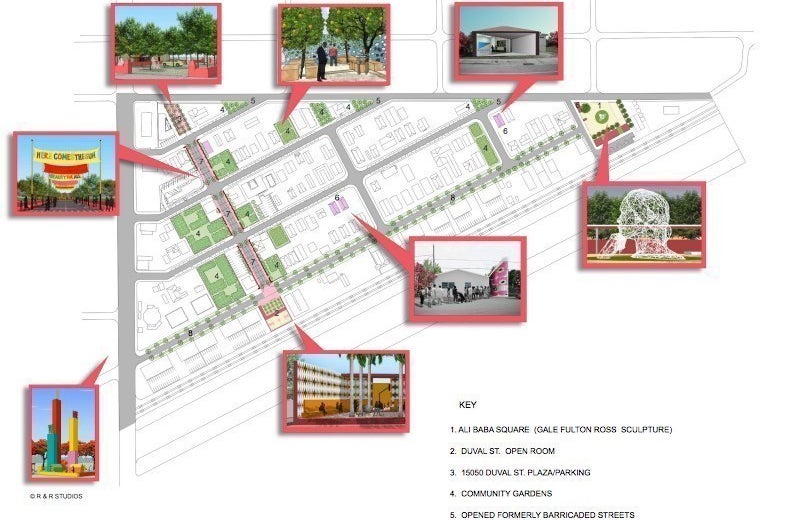
As rents in Miami and nearby areas increase, artists and young people, unable to afford high rents with their low wages, are looking for alternatives and some of them are flocking to Opa-Locka.
One transplant is architect, German Barnes. Chicago-native Barnes is OLCDC’s project manager and artist-in-resident. In collaboration with artists/designers/architects Jennifer Bonner and Christian Stayner, Barnes has worked in transforming the Magnolia North neighborhood into a vibrant collection of small businesses and civic spaces, through the Made in Opa-locka Project.
Roberto Behar & Rosario Marquardt are also involved in using art to transform the community. Known for devising the hugely successful public art master plan for Miami’s posh Design District, the husband-and-wife team are the visionaries behind the Public Art Master Plan. They are hopeful that they will get to the same level of achievement in Opa-locka but on a residential scale.
In 2015, architect, urban planner & public artist, Walter Hood transformed Opa-locka’s Ali Baba Avenue into a huge public art canvas. In addition, Hood, with the support of the OLCDC, wants to bring sustainable infrastructure to the street and introduce built-in seats to the sidewalks and utilize bio-swales, an alternative to storm sewers with gently sloped sides that can carry rainfall into areas filled with plants and trees. He says that green infrastructure standards are already implemented in South Florida, but that none is practiced in Opa-locka. The potential for green development is huge.


